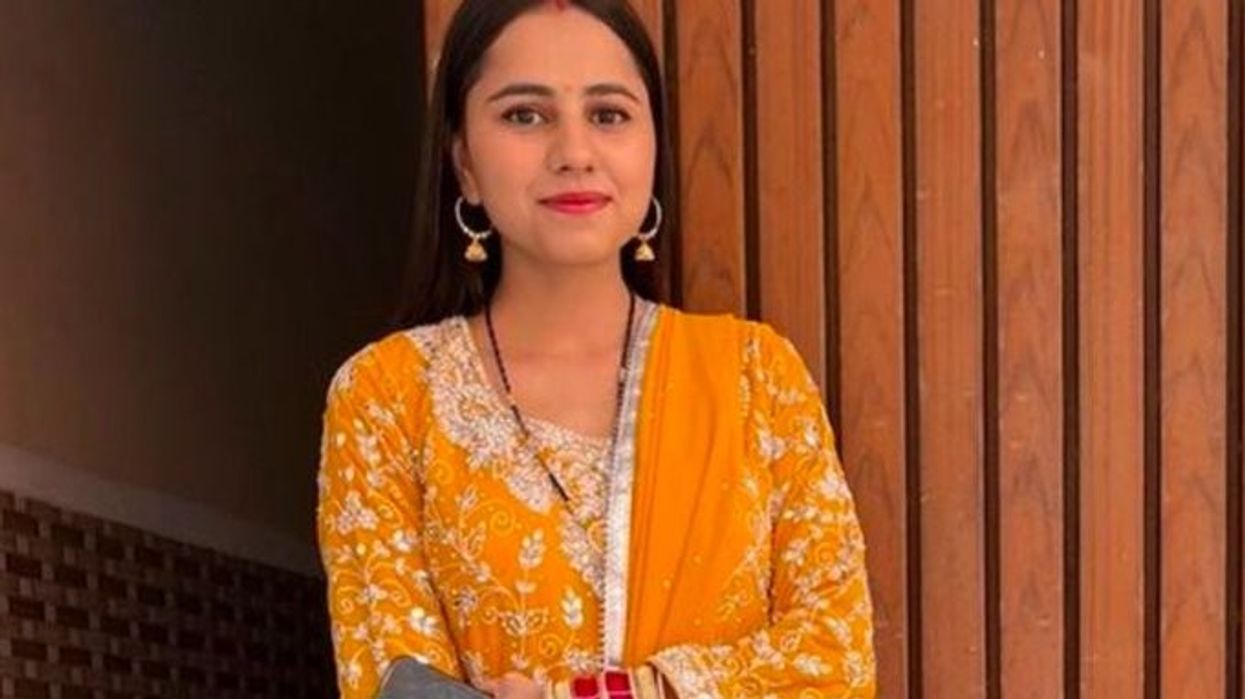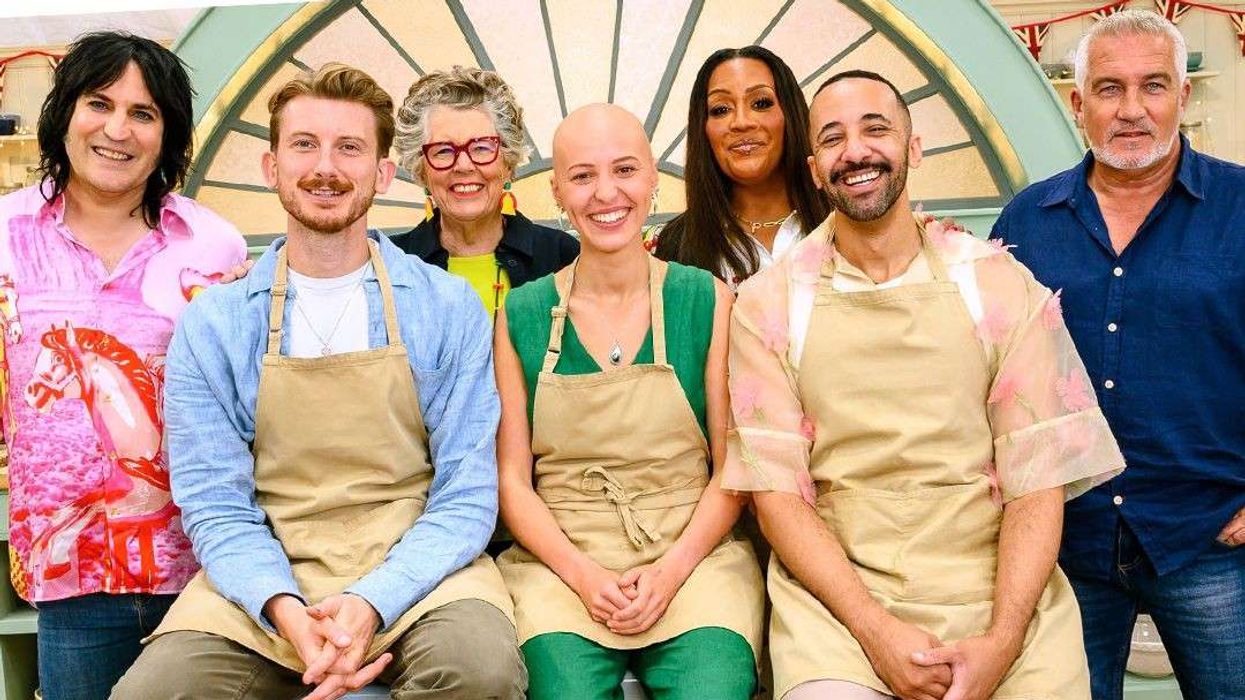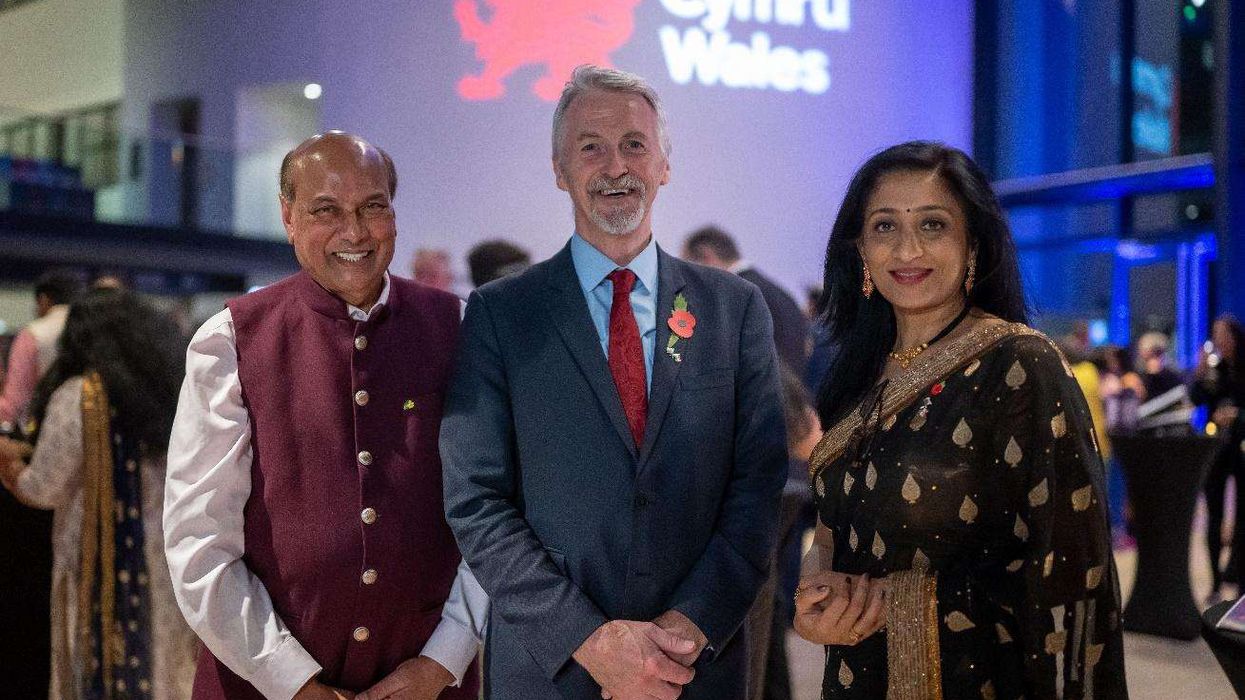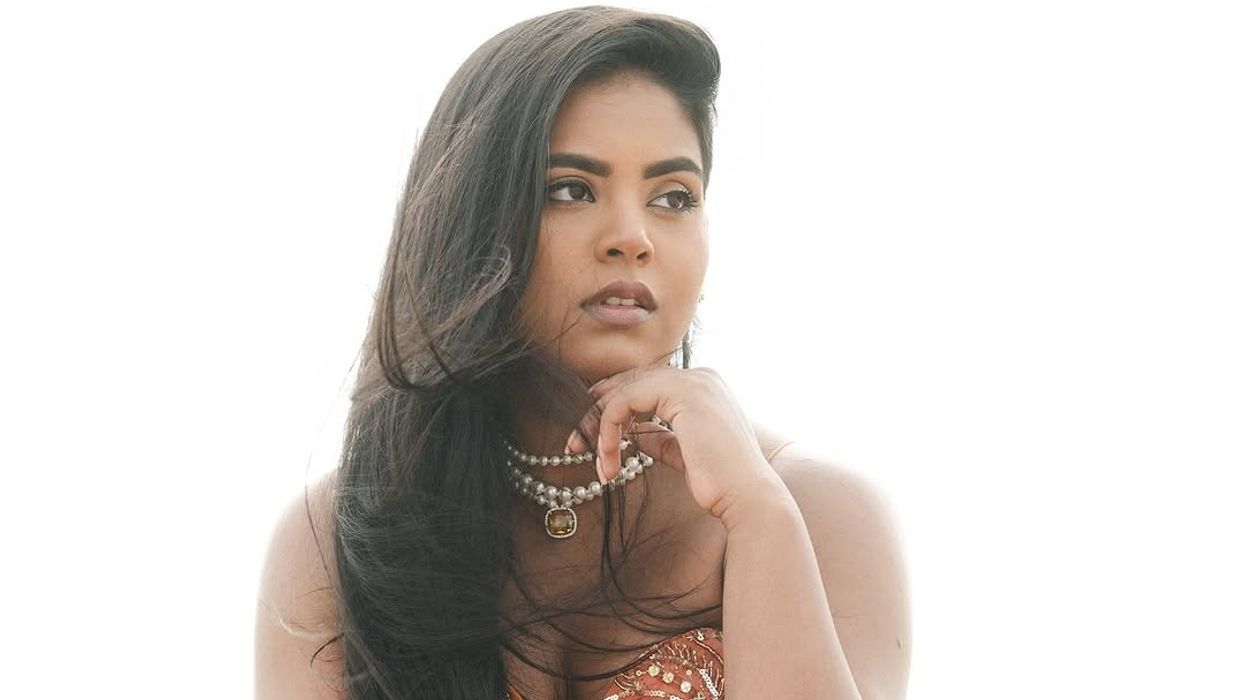Buckingham Palace has given details of the first trip to India by the Duke and Duchess of Cambridge, starting in Mumbai on April 10 and ending with a visit to the Taj Mahal in Agra on April 16.
In between, William and Catherine will interact with politicians, NGOs and “vulnerable people” in Delhi, then travel to the Kaziranga National Park in Assam.
They will then meet the King and Queen of Bhutan, said to be the “happiest” place in the world.
Princes William and Harry have developed more of a relationship with Africa, carrying on perhaps with projects which were close to their late mother, Diana, Princess of Wales.
But there has always been an intimate relationship that the Queen has fostered over many decades with the Commonwealth in general, and India in particular.
Prince Charles has been a fairly frequent visitor to India and acquired his love for the country from his late great uncle, Lord Mountbatten, the last viceroy of India.
William and Catherine are undertaking the India trip at the request of the British government. They won’t sell British products or champion particular companies, but they are expected to
promote British interests in the widest possible sense.
Buckingham Palace did say that the “the UK is hugely strengthened by the 1.5 million strong Indian community in the UK. Their Royal Highnesses are pleased to have this chance to contribute
to the on-going partnership between Britain and India.”
The true figure for the Indian origin population is nearer 2.5 million. In Mumbai, William and Catherine will stay at the Taj Mahal Hotel, which was attacked by terrorists in November 2008. They will attend a party to which Bollywood stars, captains of industry and local celebrities have been invited.
In Delhi, William is expected to speak about the Queen and her 90th birthday at a reception for the capital’s power elite hosted by the recently arrived British high commissioner Sir Dominic
Asquith. It is assumed that Indian high commissioner in London, Navtej Sarna, will be in Delhi if needed.
When the royal couple go to the Taj Mahal, they won’t make the mistake which occurred in 1992 when Prince Charles stayed in Delhi while Diana went alone to the famous monument.
This time, William and Catherine will pose together against the backdrop of the mausoleum the emperor Shah Jahan built for his Queen, Mumtaz.
“The Duke of Cambridge is, of course, aware of the huge esteem his mother, the late Princess of Wales is held in in India.
He appreciates the iconic status of the images that exist of the Princess at the Taj,” a spokesman said.
“He feels incredibly lucky to visit a place where his mother’s memory is kept alive by so many who travel there.
“Twenty-four years on from her visit to the Taj, the duke and the duchess are looking forward to seeing this beautiful place for themselves and creating some new memories as they say ‘thank you’
to the people of India at the conclusion of this tour.”
The royal couple will be accompanied by a 63-strong British press party, comprising print journalists, TV crew and photographers. With such a competitive group, it won’t be easy always
to remain cool under the Indian sun. But photo opportunities there will be aplenty. William, who is keen on saving wildlife, especially the Indian rhinos which are vulnerable to poaching,
made sure he got to spend more than a day in Kaziranga. It was established over a century ago by Lady Curzon, wife of the viceroy, Lord Curzon.
According to a note from the palace, “in addition to being the home of elephants, water buffalo, the endangered swamp deer, and a high density of tigers, Kaziranga is home to two-thirds
of the world’s population of Indian one-horned rhinoceroses.
William and Catherine will see the kind of forests which inspired Rudyard Kipling to write his Jungle Book. Indian hospitality being what it is, the rangers won’t want the couple to leave without
seeing a tiger or two.
“The visit to the park will begin on the evening of Tuesday, April 12,” the palace announced. “The visit comes at the time of the Bohag Bihu festival, the celebration of the Assamese New Year.
“Around a campfire, the duke and duchess will meet local people and see dance and musical performances. It will be a colourful and fun introduction to rural life and a great way to start this leg of the tour.
“The next morning, April 13, will be an early start for an open-air drive around the national park itself,” the statement added.
“They will be welcomed by local people and park staff at the entrance to Kaziranga.
“The Duke, president of United for Wildlife, has long wanted to visit Kaziranga.
The park is situated on a flood plain and the vital annual floods drive animals up to the adjacent hills.”
In Bhutan, on April 15, “the duke and duchess will hike to Paro Taktsang, the Tiger’s Nest monastery which dates to 1692. The monastery is near the cave where Guru Padmasambhava – who is
credited with introducing Buddhism to Bhutan – is said to have meditated for three years, three months, three weeks, and three days in the 8th century.
“It is a magical place that the duke and duchess are thrilled to be visiting.
Their hike will take between five-six hours in total and will allow them to get a real sense of the natural and spiritual beauty of the country.”
Assuming the royal couple don’t get sunstroke, they will fly back to London fit and tanned from Agra.












